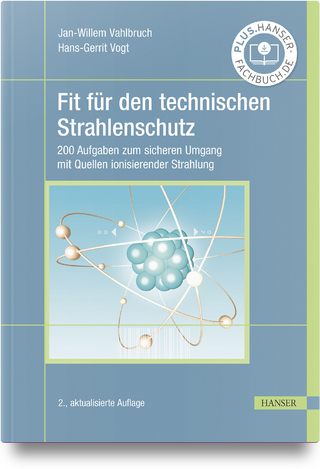
First Steps in Random Walks
From Tools to Applications
Seiten
2015
Oxford University Press (Verlag)
978-0-19-875409-1 (ISBN)
Oxford University Press (Verlag)
978-0-19-875409-1 (ISBN)
Random walks proved to be a useful model of many complex transport processes at the micro and macroscopical level in physics and chemistry, economics, biology and other disciplines. The book discusses the main variants of random walks and gives the most important mathematical tools for their theoretical description.
The name "random walk" for a problem of a displacement of a point in a sequence of independent random steps was coined by Karl Pearson in 1905 in a question posed to readers of "Nature". The same year, a similar problem was formulated by Albert Einstein in one of his Annus Mirabilis works. Even earlier such a problem was posed by Louis Bachelier in his thesis devoted to the theory of financial speculations in 1900. Nowadays the theory of random walks has proved useful in physics and chemistry (diffusion, reactions, mixing flows), economics, biology (from animal spread to motion of subcellular structures) and in many other disciplines. The random walk approach serves not only as a model of simple diffusion but of many complex sub- and super-diffusive transport processes as well. This book discusses the main variants of random walks and gives the most important mathematical tools for their theoretical description.
The name "random walk" for a problem of a displacement of a point in a sequence of independent random steps was coined by Karl Pearson in 1905 in a question posed to readers of "Nature". The same year, a similar problem was formulated by Albert Einstein in one of his Annus Mirabilis works. Even earlier such a problem was posed by Louis Bachelier in his thesis devoted to the theory of financial speculations in 1900. Nowadays the theory of random walks has proved useful in physics and chemistry (diffusion, reactions, mixing flows), economics, biology (from animal spread to motion of subcellular structures) and in many other disciplines. The random walk approach serves not only as a model of simple diffusion but of many complex sub- and super-diffusive transport processes as well. This book discusses the main variants of random walks and gives the most important mathematical tools for their theoretical description.
J. Klafter, Heinemann Chair of Physical Chemistry, Tel Aviv University, I. M. Sokolov, Chair for Statistical Physics and Nonlinear Dynamics, Humboldt University, Berlin
1. Characteristic Functions ; 2. Generating Functions and Applications ; 3. Continuous Time Random Walks ; 4. CTRW and Aging Phenomena ; 5. Master Equations ; 6. Fractional Diffusion and Fokker-Planck Equations for Subdiffusion ; 7. Levy Flights ; 8. Coupled CTRW and Levy Walks ; 9. Simple Reactions: A+B->B ; 10. Random Walks on Percolation Structures
| Erscheint lt. Verlag | 5.11.2015 |
|---|---|
| Verlagsort | Oxford |
| Sprache | englisch |
| Maße | 181 x 247 mm |
| Gewicht | 282 g |
| Themenwelt | Mathematik / Informatik ► Mathematik |
| Naturwissenschaften ► Biologie | |
| Naturwissenschaften ► Chemie ► Physikalische Chemie | |
| Naturwissenschaften ► Physik / Astronomie ► Angewandte Physik | |
| Naturwissenschaften ► Physik / Astronomie ► Festkörperphysik | |
| Naturwissenschaften ► Physik / Astronomie ► Thermodynamik | |
| Wirtschaft | |
| ISBN-10 | 0-19-875409-4 / 0198754094 |
| ISBN-13 | 978-0-19-875409-1 / 9780198754091 |
| Zustand | Neuware |
| Informationen gemäß Produktsicherheitsverordnung (GPSR) | |
| Haben Sie eine Frage zum Produkt? |
Mehr entdecken
aus dem Bereich
aus dem Bereich
Quantenmechanik | Spektroskopie | Statistische Thermodynamik
Buch | Softcover (2024)
De Gruyter (Verlag)
CHF 83,90
200 Aufgaben zum sicheren Umgang mit Quellen ionisierender Strahlung
Buch | Hardcover (2023)
Hanser, Carl (Verlag)
CHF 48,95


